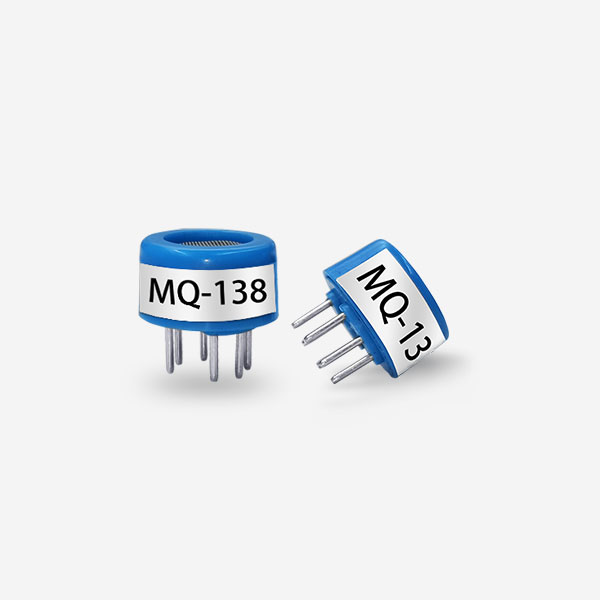The demand for clean and sustainable energy sources has never been greater, given the growing concerns over climate change and the need to reduce greenhouse gas emissions. Fuel cells have emerged as a promising technology for generating clean energy, offering high energy efficiency and virtually zero emissions. However, to ensure their optimal performance and safety, fuel cells require accurate monitoring and control of gas flows and compositions within the system. Gas sensor technology plays a critical role in this regard, enabling real-time monitoring and effective management of fuel cell operations. This article explores the significance of gas sensors in fuel cell technology, their role in enhancing performance and safety, and the advancements in gas sensor technology that are driving the adoption of fuel cells as clean energy solutions.

Understanding Fuel Cells
Fuel cells are electrochemical devices that convert the chemical energy of a fuel, such as hydrogen or methane, directly into electricity without combustion. They operate based on the principle of the oxidation of fuel at the anode and the reduction of oxygen at the cathode, with an electrolyte facilitating the ion transport. The most common types of fuel cells include proton exchange membrane fuel cells (PEMFCs), solid oxide fuel cells (SOFCs), and molten carbonate fuel cells (MCFCs).
a. Advantages of Fuel Cells: Fuel cells offer several advantages over conventional combustion-based power generation systems. They provide high energy conversion efficiency, typically above 50%, compared to the 30% efficiency of traditional power plants. Fuel cells also produce virtually no harmful emissions, with only water and heat being the primary byproducts. This makes them a clean and environmentally friendly energy solution.
b. Applications of Fuel Cells: Fuel cells have diverse applications across various sectors, including transportation, residential and commercial power generation, portable devices, and even spacecraft. Their compact size, quiet operation, and compatibility with different fuels make them suitable for a wide range of uses.
Importance of Gas Sensors in Fuel Cells
Gas sensors play a crucial role in ensuring the optimal performance and safe operation of fuel cells by monitoring and controlling the fuel and air streams within the system. Some key aspects where gas sensors are essential in fuel cell technology include:
a. Fuel Quality Monitoring: Fuel cells require high-purity hydrogen as the fuel source. Even small impurities can have detrimental effects on the fuel cell's performance and durability. Gas sensors are used to monitor the hydrogen purity, detecting impurities such as carbon monoxide (CO), sulfur compounds, and moisture. This ensures that only clean and suitable fuel is supplied to the fuel cell, preventing catalyst poisoning and degradation.
b. Humidity Control: Maintaining the appropriate humidity levels within the fuel cell is crucial for optimal performance. Excessive humidity can lead to flooding and decreased efficiency, while low humidity can result in membrane drying and reduced conductivity. Gas sensors are used to monitor and control the humidity levels, ensuring that the fuel cell operates within the desired range.
c. Oxygen Monitoring: In fuel cells that utilize oxygen from the air as the oxidizer, it is crucial to monitor the oxygen concentration in the incoming air and within the fuel cell stack. Gas sensors measure the oxygen level, enabling precise control of the air supply and optimization of the fuel cell's performance.
d. Temperature Monitoring: Fuel cells operate within specific temperature ranges to maintain optimal performance and prevent damage. Gas sensors play a vital role in monitoring and controlling the temperature within the fuel cell stack, ensuring that it remains within the desired operating range.
e. Safety Monitoring: Gas sensors also contribute to the safety of fuel cell systems by detecting any potential leaks or abnormal gas concentrations. Early detection of gas leaks or anomalies allows for prompt action to prevent accidents and ensure the safety of operators and users.
Advancements in Gas Sensor Technology
Advancements in gas sensor technology have significantly contributed to the wider adoption of fuel cells as clean energy solutions. Some notable advancements include:
a. Sensor Miniaturization: Gas sensors have become smaller and more compact, allowing for their integration into fuel cell systems with minimal space requirements. Miniaturization enables precise monitoring of gas flows within the fuel cell stack, leading to better control and improved overall performance.
![]()
b. Multi-Gas Sensors: Modern gas sensors can detect multiple gases simultaneously, providing comprehensive monitoring capabilities. This allows for the simultaneous measurement of various gas species, such as hydrogen, oxygen, carbon monoxide, and humidity, within the fuel cell system. Multi-gas sensors simplif
 : +86 155 8830 2704
: +86 155 8830 2704 : jxdziot@gmail.com
: jxdziot@gmail.com
